How sport achieved global domination — and the luxury brands that followed in pursuit of gold
Sport is now a prime target for luxury brands and if they play it right there’s a multi-billion dollar prize waiting for them at the finish line.
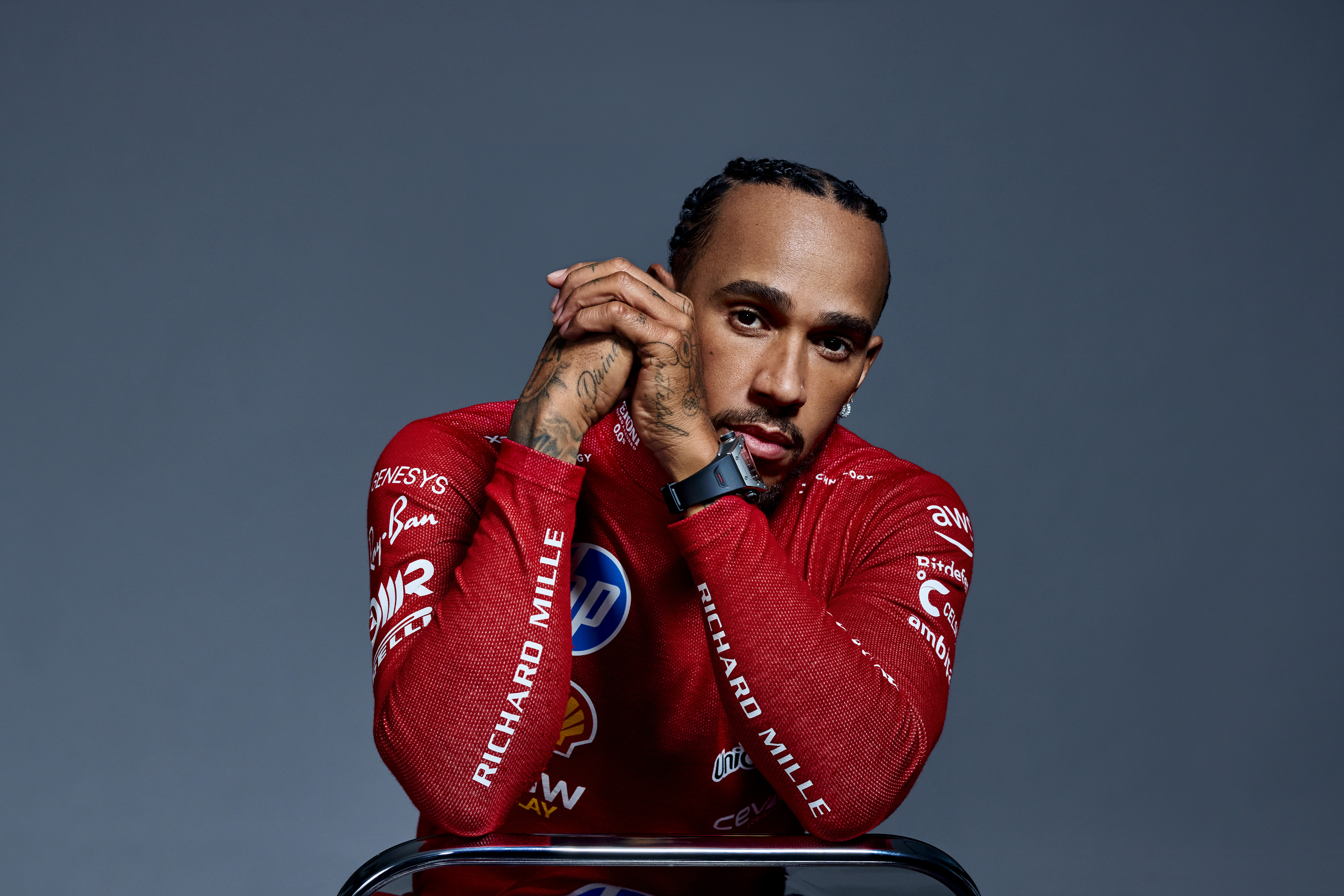

Here’s a pub quiz question for you. Which brand is the longest-running sponsor of the Summer Olympic Games? It’s not a sporting company (as indeed none of the International Olympic Committee’s top-level partners are) and neither is it one whose products are particularly associated with a healthy lifestyle. Nor is it Omega, the watchmaker which has served as the official timekeeper for almost every Games since 1932.
It’s Coca-Cola.
The drinks giant shipped 1,000 cases of its ‘delicious and refreshing’ drink, as its track-side signage described it, across the Atlantic to hydrate and energise the crowds of the 1928 Olympic Games in Amsterdam and has been doing so ever since.
It might not sound like such a remarkable idea a century later, but it pre-dated the commercial saturation that we now associate, even subconsciously, with sport. Two years earlier, William Wrigley, of chewing-gum fame, had named the Chicago Cubs’ stadium Wrigley Field, but it was a rare exception. Teams didn’t have lucrative sponsorship contracts and neither did individual athletes. One of the very first was Jesse Owens, who was given footwear and equipment by Gebrüder Dassler Schuhfabrik — the precursor to Adidas and Puma — ahead of the 1936 Olympics when brand founder Adolf Dassler realised how likely he was to triumph on track.
For sports advertising to be worthwhile, there had to be an audience to market to, and the commercial potential of sports skyrocketed in the age of television. When the post-war years gave birth to the leisure generation, particularly in the USA, it set the stage for sport’s rise to global domination.
The first colour TV broadcast of a sporting fixture took place in 1951; the magazine Sports Illustrated launched in 1954; and, another wonderful piece of trivia, the first million-dollar endorsement contract was signed in 1964. The recipient wasn’t a baseball player, sprinter or footballer, but ten-pin bowler Don Carter, who was sponsored by ball manufacturer Ebonite. The late 1970s saw the creation of the first dedicated sports channels, turbocharging the cycle of visibility and profitability. Football fans may still distantly recall the paradigm shift introduced by the arrival of the Premier League and its satellite broadcast contracts, an influx of cash that changed the game but also the earning power of everyone in it. The £4million that Brylcreem reportedly paid a 22-year old David Beckham in 1997 might seem like small change to today’s stars, but then as now, Beckham paved the way. Back then it was bringing fashion and beauty into the locker room; now it’s commissioning and producing your own Netflix documentary.
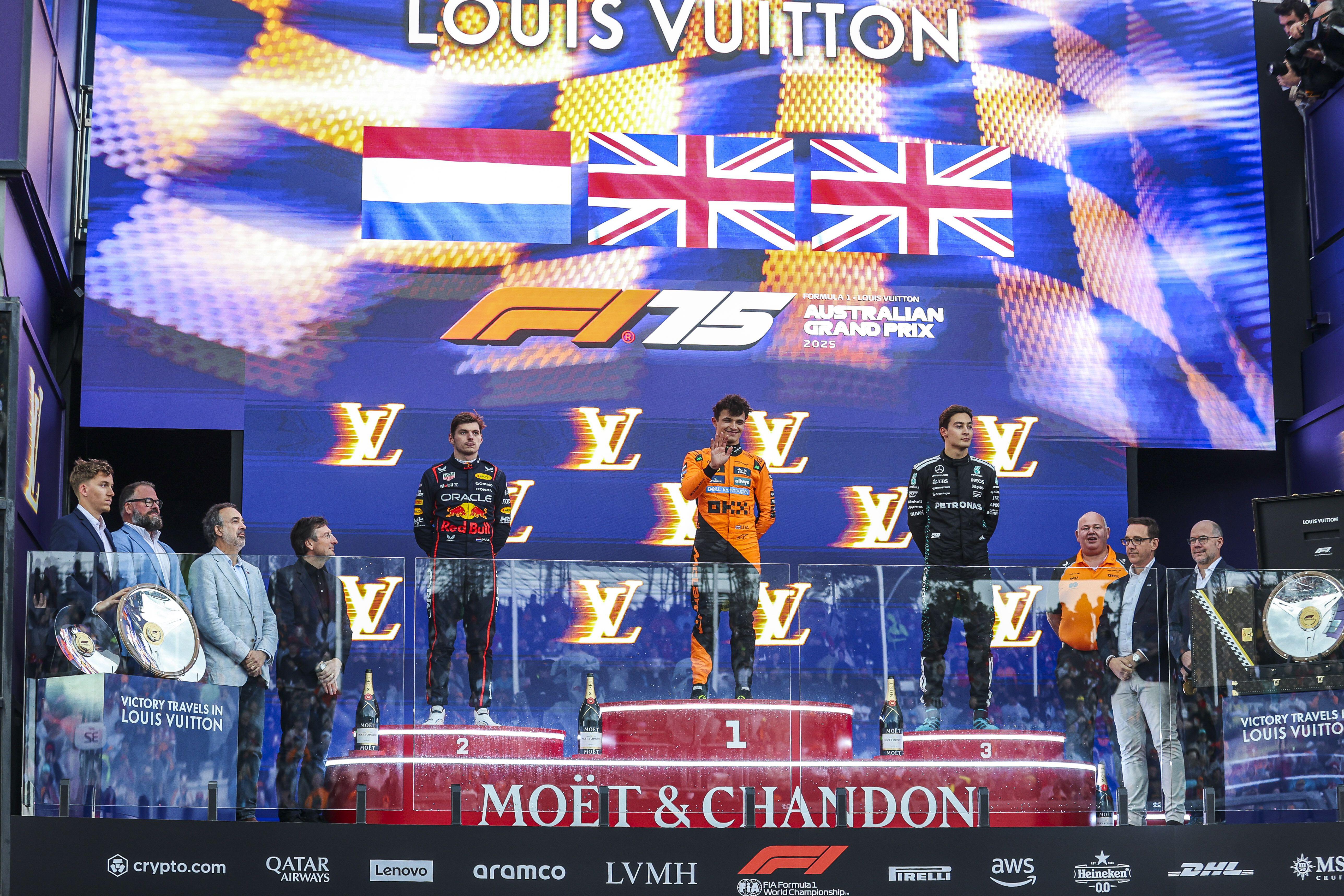
'Victory travels in Louis Vuitton': Louis Vuitton — a part of LVMH — was the title partner for the first F1 race of the 2025 season, in Melbourne, and made the trophy trunks
Now, in a world of always-on social media, infinite streaming bandwidth, boundary-blurring ‘scripted reality’ shows and meticulously curated ‘personal brands’, the world of sport — a form of entertainment whose narratives cannot be edited, whose outcomes are never pre-ordained, and are all the more compelling for it — is a multi-billion dollar prize for the world’s biggest and most powerful companies.
Exquisite houses, the beauty of Nature, and how to get the most from your life, straight to your inbox.
At the time of writing, the 2025 Formula 1 (F1) season is one race in, and we are yet to realise the full potential of LVMH’s $100m-a-year multi-brand partnership deal, but what is already clear is that it is the single biggest expression of an idea that has been coming to the boil over the last few years: sport is now a prime target for luxury brands.
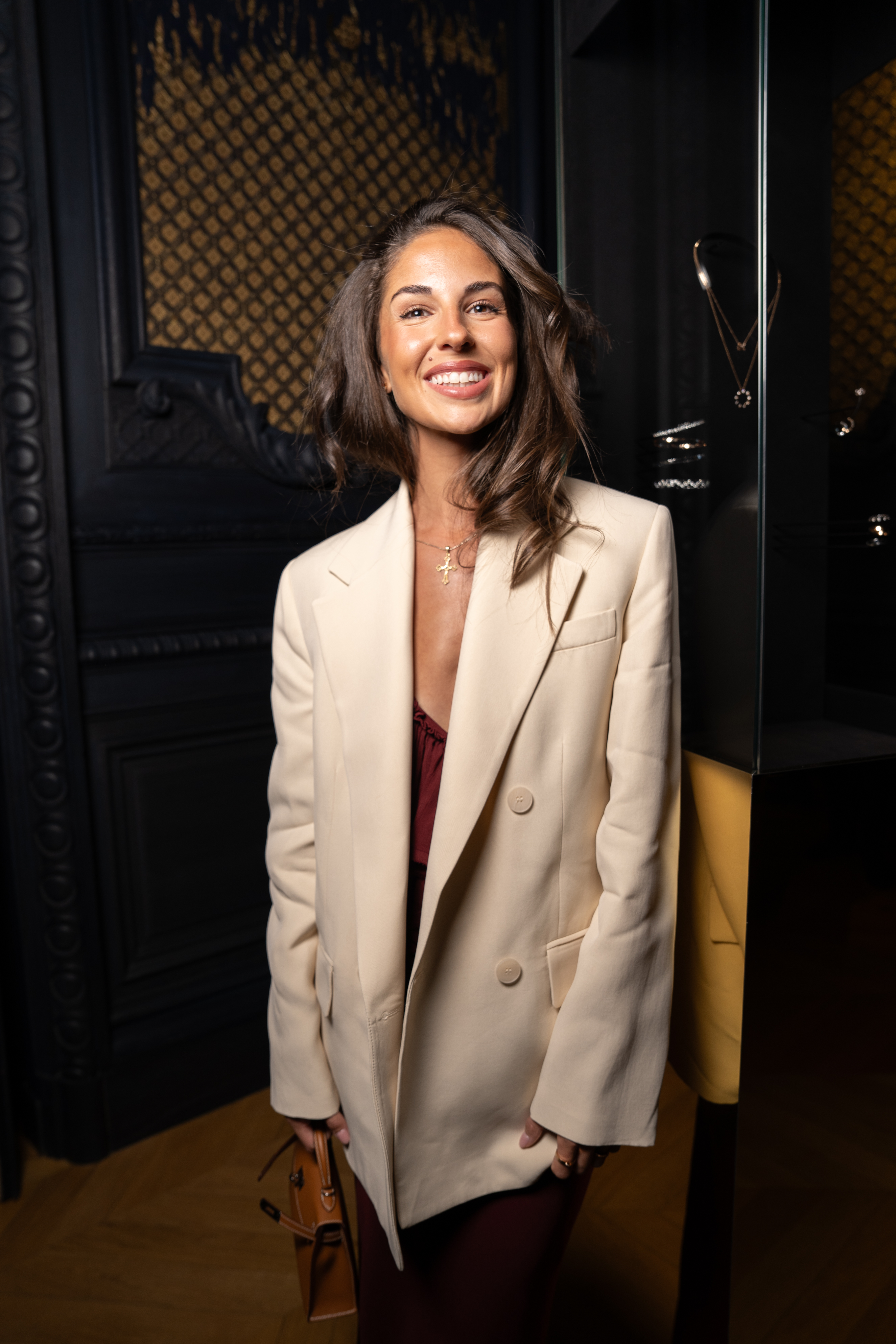
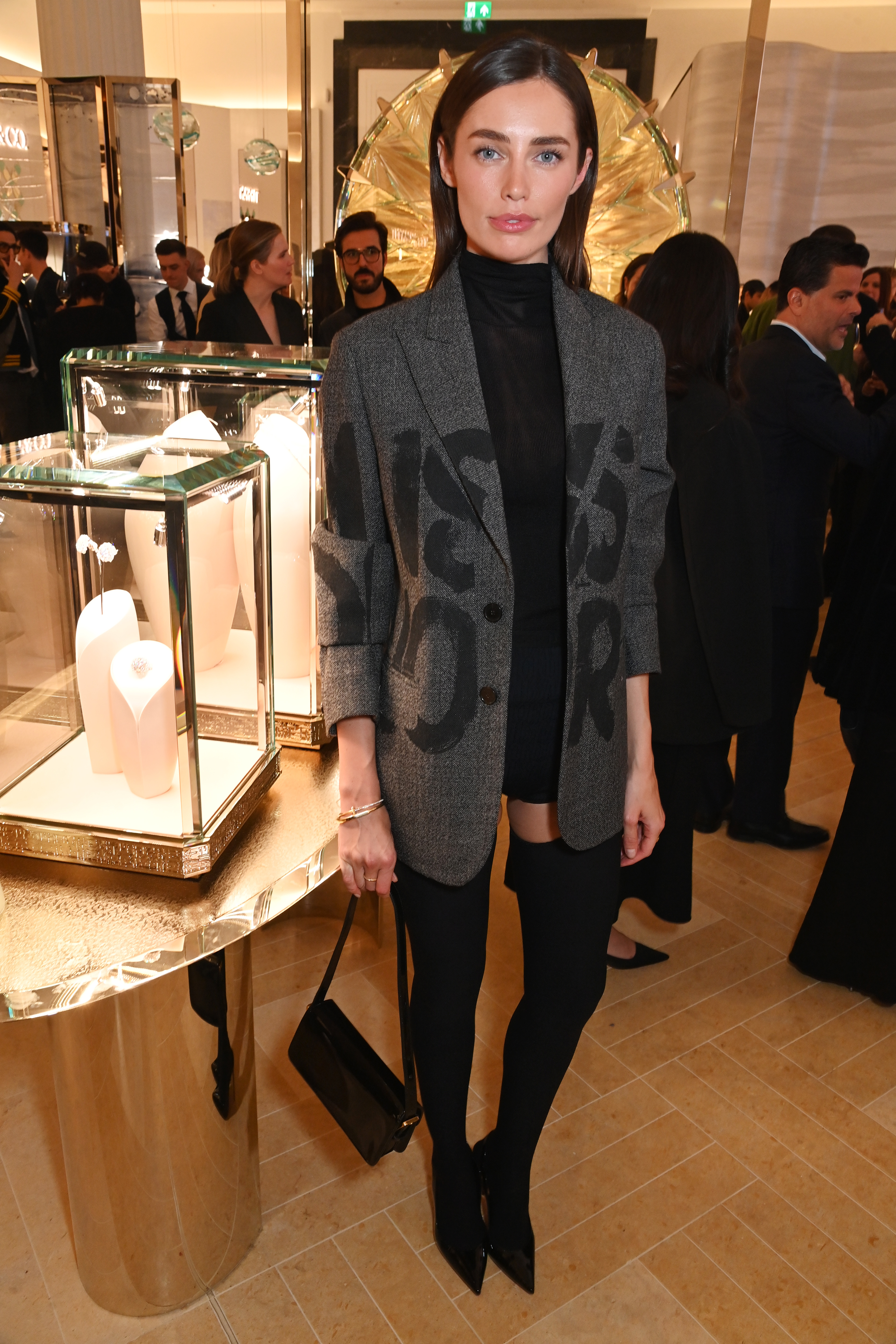
The scale and ambition of the deal — even beyond its eye-watering (albeit unconfirmed) financial clout — is arresting. Positioned by many pundits initially as a simple act of replacing Rolex with TAG Heuer as official timekeeping brand (no mean feat given Rolex’s fondness for developing generational, institutional relationships — think of its familiar presence at Wimbledon or the Masters golf), it goes much further. Louis Vuitton (LV) will make trophy trunks (as it has for the last few years, in fact), a role it also carries out for other sports, including tennis, and Moët Hennessy will provide the necessary podium-spray, but that’s just the beginning. Eagle-eyed Instagrammers will have noticed an uptick in Tiffany and Dior products on the feeds of drivers’ partners such as Kelly Piquet, the better half of champion Max Verstappen, Carmen Montero Mundt (George Russell) and Rebecca Donaldson (Carlos Sainz). LVMH-owned Charlotte Tilbury became the official beauty partner of F1 Academy, the women-only race series, in 2024.
The examples go on and on, and it’s not just about LVMH — although the French conglomerate was also notable for its all-consuming role at last year’s Olympic Games. Eager not to squander the opportunity of the most-watched show in all of sport taking place in its home city, it left no stone unturned. Berluti made outfits for the opening ceremony, and cosmetics chain Sephora opened pop-up stores along the Olympic torch relay route; the torch itself was memorably escorted along its final yards not by a notable French athlete, but by international multi-hyphenate and LV men’s creative director Pharrell Williams. In a rare blot to the flawless PR strategy, jeweller Chaumet designed the medals — which have since attracted controversy for tarnishing.
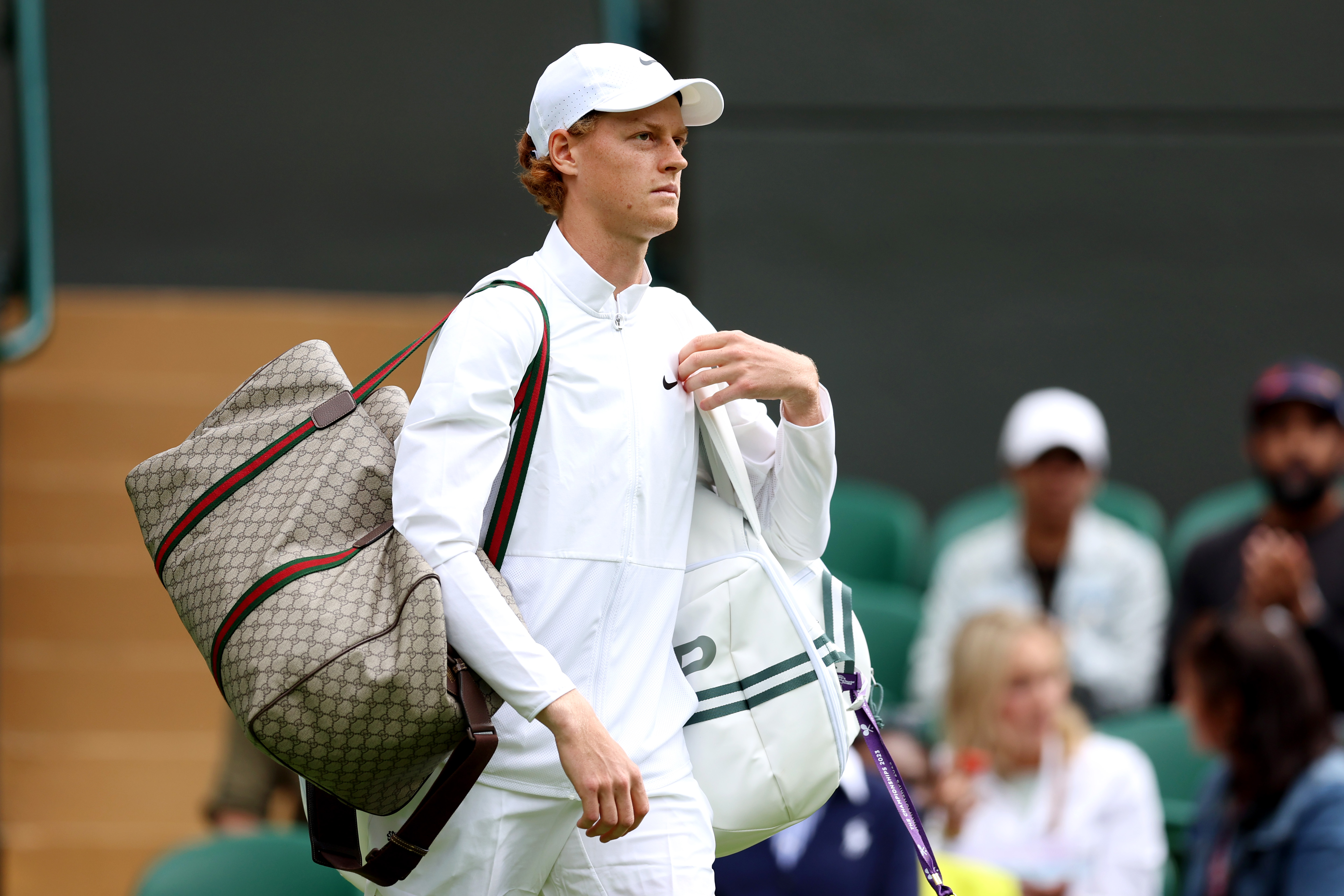
Jannik Sinner carried a custom designed and headline-making Gucci duffle bag at Wimbledon 2023
Every sport has its own mini-catwalk, be it the football tunnel or the brief walk onto a tennis court (where Gucci ambassador Jannik Sinner was able to smuggle a non-white Gucci holdall despite Wimbledon’s historically strict dress codes). And while it’s long been the norm that global sports enjoy a wealth of ‘partners’, from Rolex and Longines to Ralph Lauren, there is now a sense that any sporting property is ripe for luxury involvement, a feeling that is encapsulated best of all by the unexpected news that Chanel will sponsor the Oxford and Cambridge boat race.
Making sense of it all is actually very simple, argues Silvia Bellezza, a professor of marketing at Columbia Business School. For her, luxury brands’ presence at the top of the sporting world has to be related back to the rise of ‘athleisure’ and the adoption of an active — sometimes even hyperactive — lifestyle as a status symbol in its own right.
'Whereas in the past, society’s upper strata’s free time was characterised by idleness, today’s aspirational lifestyle — the so-called ‘harried leisure class’ — is marked by a packed schedule filled with productive and edifying activities,' she says. 'The modern elite are busy at work, and their leisure time is no longer sedentary but active, requiring physical or mental effort in pursuit of wellness, health, and personal development. In this context, "athleisure" apparel, timesaving services and multitasking products have become the ultimate status symbols of a dynamic elite that has no time to waste.' Anyone who has been regaled by a watch brand CEO with tales of his latest ultramarathon would find it hard to disagree.
Noting that we live in the same universe as the $925 Prada cycling shorts, or $390 polyester socks, Bellezza points out that the grande maisons of luxury have been embracing health and fitness for several years now. Perhaps one of the best — certainly one of the most absorbingly over-the-top — examples is the HermesFit pop-up gym, an orange-and-white fitness studio complete with monogrammed leather dumbbells and ‘scarf yoga’ sessions.
'If luxury brands expand their product lines to include more sports-oriented items,' Bellezza continues, 'it follows that they may also seek to sponsor more sporting events to reinforce this association.'
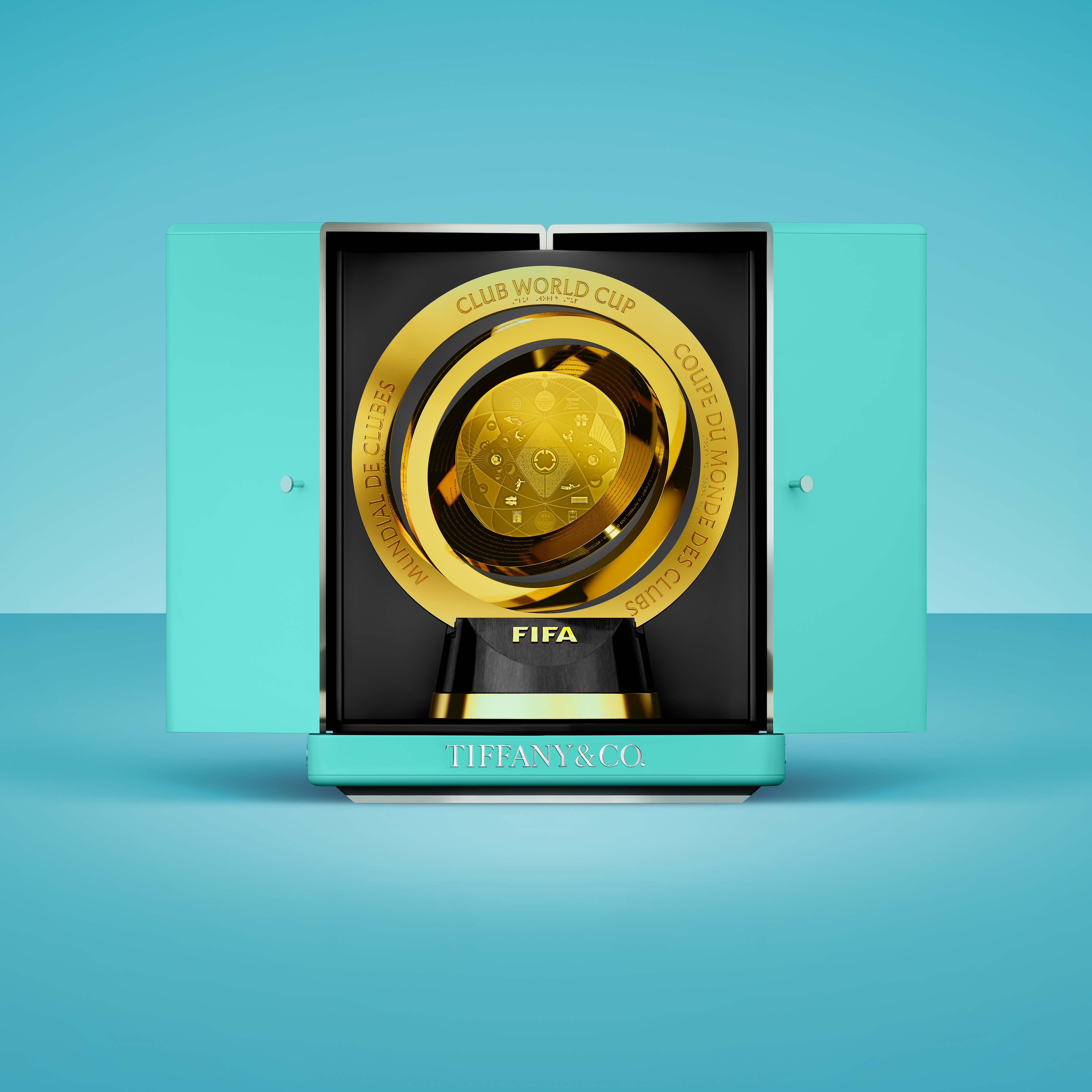
The 24-carat gold-plated Tiffany FIFA Club World Cup trophy features laser-engraved inscriptions in 13 languages and Braille
The result — like Chanel’s presence in one of Britain’s oldest sporting fixtures — is brands popping up in places you might not expect them, or flexing their creative muscles in unforeseen ways. Cut to Tiffany creating the trophy for FIFA’s Club World Cup, for example, or Ferrari holding a full-blown fashion show on its factory floor in Maranello. In 2016, then-TAG Heuer CEO Jean-Claude Biver introduced a swathe of new sports and cultural partnerships (including football, cycling and boxing links, as well as ambassadorships from the likes of Cara Delevingne and Chris Hemsworth) with the mantra 'You must go wherever your customer is.'
It’s a mantra that still applies to the current sporting gold rush. As the consultant and academic Fabio Ciquera puts it: 'You can only have so many fashion weeks in one year, but with F1, you can meet up every two weeks, somewhere incredibly exotic and luxurious.' For Ciquera, the power of sport is its ability to tap into ready-made communities, characterised for their tribal loyalty. It can also be the means by which a legacy brand can connect with entirely new demographics. 'As opposed to the original community of a fashion luxury brand that is actually quite fickle, you know — "you're only as good as your last collection" — you get to someone who actually understands you beyond your products and is interested in what you represent to what you are sponsoring. There will absolutely be clients who will discover Ferrari because of the fashion range. I'm thinking about someone who is in China who's 25 and a millionaire and has discovered the car side of the brand because of a fashion show.'
It will be music to the ears of Ferrari’s executives, not least given Lewis Hamilton’s role in transforming F1 into an entertainment spectacle — and the paddock into his own personal fashion shoot. While other drivers may hew to more traditional styles — think Carlos Sainz for Hackett — it is all part and parcel of the same phenomenon.
Professional sport has gone from a 90-minute-a-week activity to a 24:7 experience, merging technology, fandom, broadcast media and high fashion.
For once, it may actually be true that it’s not the winning, but the taking part that counts.
Chris Hall is a freelance writer and editor specialising in watches and luxury. Formerly Senior Watch Editor for Mr Porter, his work has been published in the New York Times, Financial Times, Esquire, Wired, Wallpaper* and many other titles. He is also the founder of The Fourth Wheel, a weekly newsletter dedicated to the world of watches.
